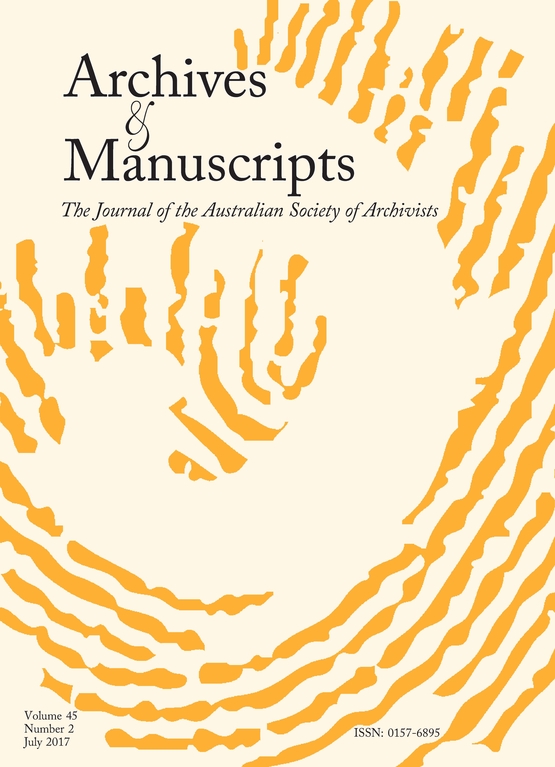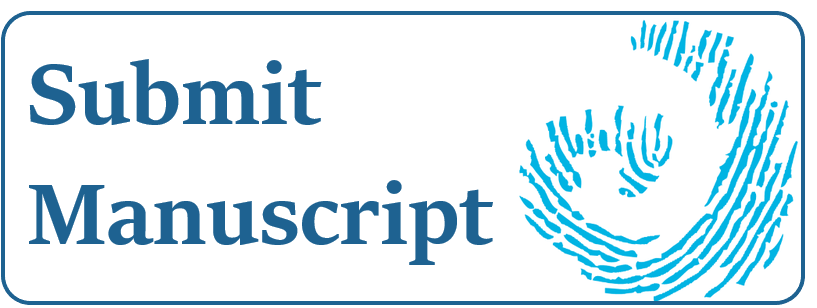Binary trees? Automatically identifying the links between born-digital records
Abstract
The sheer volume of records that government organisations, and thus government archives, work with on a daily basis means that there is a chance that relationships between individual records will not easily be captured and recorded. This paper begins by suggesting that the relationships described in archival catalogues will remain at the highest levels of abstraction unless they can be extracted using automated methods. Relationships that can be generated automatically are described in this paper. They will likely be less established than archivists are traditionally used to working with. For example, a so-called ‘fuzzy matching’ technique is discussed that may reveal the ‘points’ of similarity between two records. Extensible databases will be needed to store new links; flexible interfaces will be required to display them. This paper discusses some of the techniques that may currently be available for automatically identifying links between born-digital records by looking at what can be found in the data stream and the relationships digital formats inherently describe. The mechanisms described may be useful for sentencing as well as cataloguing and description. While one size will not fit all, some collections may benefit. The paper concludes by discussing briefly what this work will mean to the end user.
From 2022 (Volume 50) authors contributing to Archives & Manuscripts agree to publish their work under the terms of the Creative Commons Attribution-NonCommercial-NoDerivatives License), which permits non-commercial re-use, distribution, and reproduction in any medium, provided the original work is properly cited, and is not altered, transformed, or built upon in any way. Authors retain copyright of their work, with first publication rights granted to A&M.




